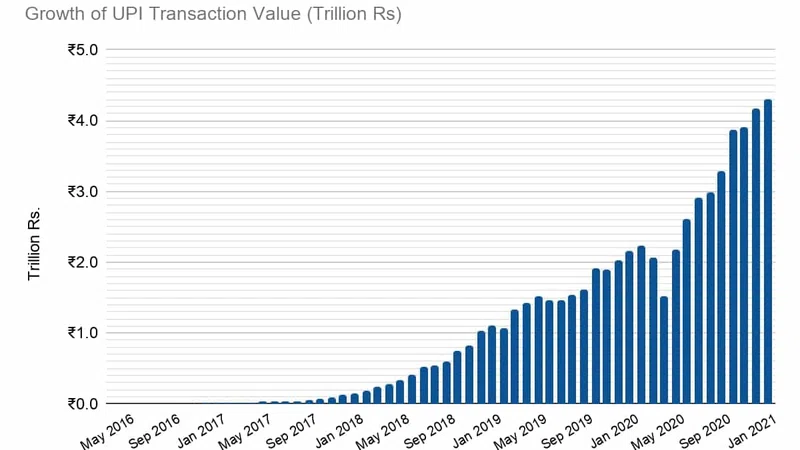Anyone working in a compliance role in financial services will appreciate the critical part that software plays in effective onboarding, due diligence and anti-money laundering investigations. As banks strive towards decreasing customer onboarding times, achieving perpetual KYC and enabling more efficient AML checks, they are realizing the potential that APIs can play in reaching these goals. Here’s a list of seven ways APIs are helping to revolutionize KYC and AML.
Accelerating onboarding and reducing the time to revenue
It’s well known as one of the biggest friction points in business banking – the lengthy onboarding times for new customers. Oliver Wyman reported that it takes 90-120 days to onboard corporate banking customers, and in 2019, it was deduced that the global commercial and business banking market lost $3.3 trillion because of abandoned applications during onboarding.
APIs can accelerate onboarding for business banking by supplying an aggregated and normalized data feed of the best global KYC data, helping to build a more complete risk profile for new customers. Data APIs can work in tandem with other processes such as identity verification and onboarding platforms, helping to plug company data gaps such as UBO, shareholder or directorship information.
Replacing monolithic compliance infrastructures
Many financial institutions are swamped with a myriad of different systems. Often unconnected and specialist point solutions that have a narrow purpose, these fragmented systems add to the daily burden KYC teams face, especially in enterprise business environments.
APIs offer huge benefits by connecting valuable systems together and streamlining the connections between applications, users and server-side systems. In the world of KYC and AML, many banks use a client lifecycle management system (CLM) as the backbone of their operations. The more services and connections they can integrate into that ecosystem and away from the legacy, monolith systems or disparate point solutions, the more efficient their KYC teams will become.
Helping to build a single customer view
Further to banks suffering with disparate systems, with KYC data living in silos and departments not sharing data, comes the challenge of obtaining a single, comprehensive view of a customer. Banks are effectively juggling multiple systems to view customer data, transaction data and point-solutions to monitor sanctions, PEPs and adverse media.
APIs can help to bring all of these datasets together and feed them into one consolidated customer view, so that KYC and AML teams can assign risk profiles and monitor for changes in real time.
Increasing data sharing
The problem of limited information sharing between KYC and AML departments is still prevalent at large banks. Last year, industry expert Dev Odedra shared in a webinar a real-world example of a terrorist who was identified by a bank, but sufficient KYC information stored on the subject was not discovered until a later AML investigation.
APIs can help increase data sharing and re-use for different departments within a bank, by connecting existing systems such as CLMs with better KYC and AML data.
Increasing automation and reducing manual tasks
Although many banks have made huge strides in digitizing paper-based processes as part of wider digital transformation initiatives, they are still burdened with manual and laborious tasks. In AML in particular, teams spend inordinate amounts of time wading through false positive results, as well as having to make sense of unstructured data.
APIs can offer a path toward automating many manual processes in KYC and AML. One example is using RPA to assist KYC operatives by allowing access data wherever it is found, either from premium data providers (behind paywalls) or via scanned documents supplied by customers. Machine learning can even learn to find frequently sourced fields across different documents, such as company registration details.
Productization
The financial services industry has been challenged by the ‘build vs buy’ conundrum for some time. Many internal IT projects have led to failure and an explosion of fintech solutions offer a cheaper way to buy technology. However, there is also a middle ground where banks in particular have succeeded with a ‘build and buy’ strategy.
APIs are the building blocks for developers to build their own custom solutions. For example, KYC and AML data APIs are the ideal way to supercharge an onboarding solution if the goal is to verify company information or to complete a risk profile. But it is not just about data; if a platform has been built on an API-first approach, then much of the functionality should also be programmatically available, such as monitoring alerts, searching or uploading evidence for an AML investigation.
Better partnerships
As well as banks having to juggle multiple, disparate systems across their compliance ecosystems, there are also the managed services consultancies who assist banks through challenging times, such as remediation backlogs or other operational bottlenecks.
APIs offer a tactical blend of people and technology to accelerate managed services and KYC remediation for financial institutions and other high-risk industries. KYC and AML data feeds can supercharge technology for managed services (new or existing) systems, forming a powerful partnership between the API vendor and the consultants who have long and trusted relationships with banks. Partnerships offer valuable benefits that can weave solutions together and also consolidate the number of suppliers that banks have to deal with.












